Back in our grandparents’ day, everything from furniture and household goods to clothes and toys, seemed to be made to last. And for the most part, people looked after their possessions and passed them on to the next generation.
Despite this, being able to afford the latest trends was also a very covetable position to be in; and many of us still wince at memories of trusty (and wickedly expensive) Agas being torn out and replaced with a flimsy new gas cooker, complete with overhead grill pan (yes, that is a corker from my memory bank). Or solid oak tables being cast aside in favour of the latest MDF versions.
Thankfully today, most people have wised up to the benefits of hanging on to good quality furniture. It is, in fact, far more fashionable to admit to reupholstering a chair or upcycling an old dresser, than it is to be heard boasting about installing an expensive new fitted kitchen.
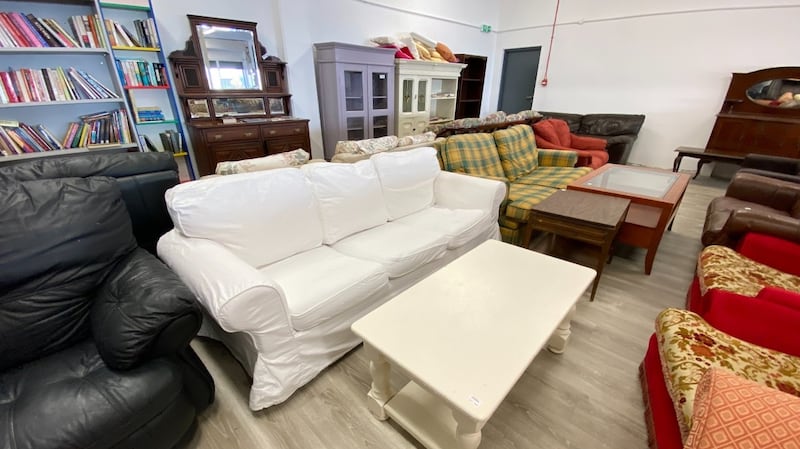
Not only is this good news for the environment, but it is also beneficial to charity shops, which have plenty of stock available for creative customers to try their hand at turning something tired but useful into a stunning new addition to their home.
Earlier this year, St Vincent de Paul opened the country's largest used furniture and household outlet in Limerick, and manager Paul Ryan says there is definitely a surge of interest in second-hand goods.
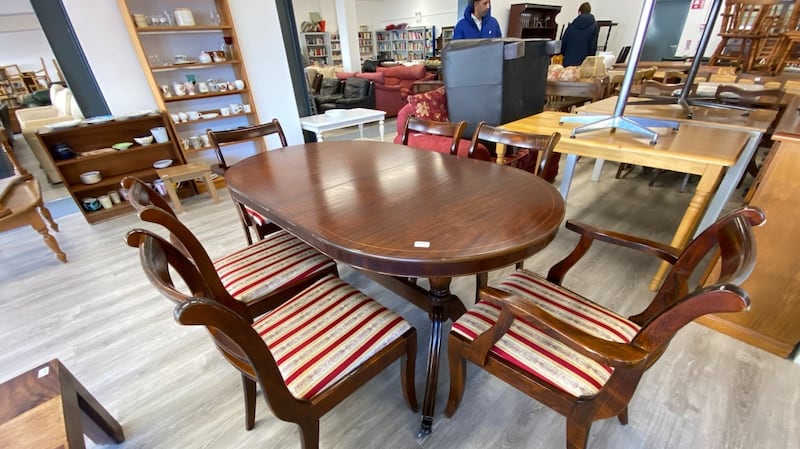
"Vincent's Living furniture shop is on Mungret street, Limerick, and although it is our fourth shop in the city, it is the first one with furniture and at 7,000sq ft, it's the largest in Ireland, " he says. "We collect donations of unwanted items of furniture, bric-a-brac, pictures, household items and books, but the most sought-after are table and chair sets to suit all sizes of spaces, from a bedsit to a family home. Wardrobes are another great seller as with people trying to organise their living space, they are always looking for more storage options. We also sell sofas of varying sizes and bedside lockers, which barely land on the shop floor before they are gone.
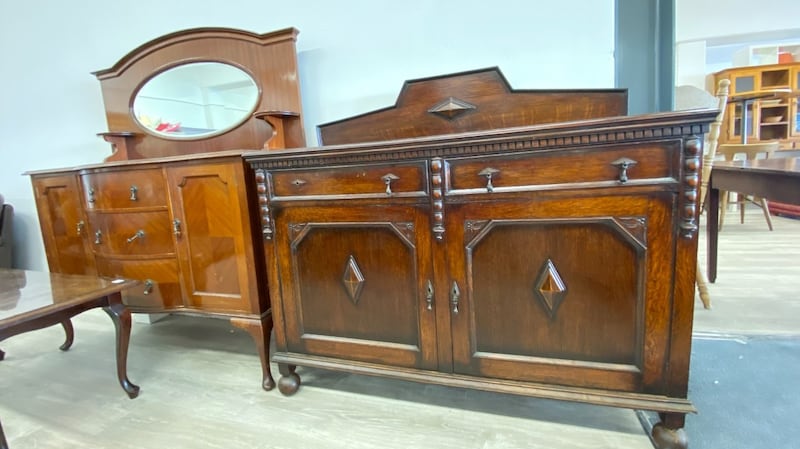
"The reason for this interest and demand is firstly due to a massive need for second-hand furniture as a large part of the community struggle to make ends meet. But it is also because of the trend to upcycle and reuse, which has resulted in an upsurge in demand. Never has this been so prevalent, with the increase in popularity of people like Greta Thunberg, whose message is really being heard more loudly in recent years with the pandemic, and more recently with the war in the Ukraine resulting in higher fuel prices – so now people are worried how expensive the cost of living will be."
Ryan says that everything across the SVP stores has a negative carbon imprint as all stock has either been donated or is second-hand.
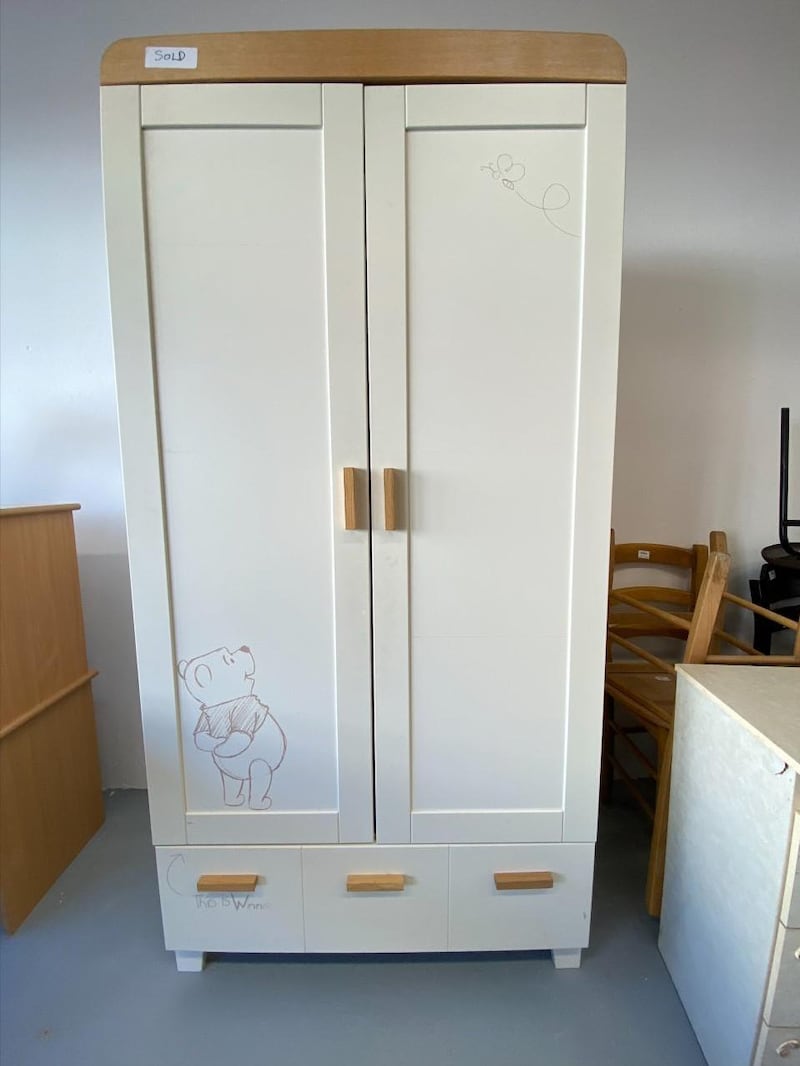
“Considering that the majority of items collected by us in the last six months would have ended up in landfill should be reason enough for more people to donate items that are of no use to them,” he says. “They can be resold, which gives them a second chance of life and also fulfils a need for another household, whether it be upcycled or used in the great condition that we receive our items in. But just as important is the fact that all money raised at Vincent’s Living, and indeed all Vincent’s shops, goes directly back into the local area for distribution to the people who most need it.”
Repair, paint, update
Ellen Ryall of ReFunk, a one-stop e-commerce platform marketplace which facilitates the donation, upcycling and selling of second-hand furniture, agrees and says it is really important that people stop and think before dumping items, and that they check out used items before buying new.
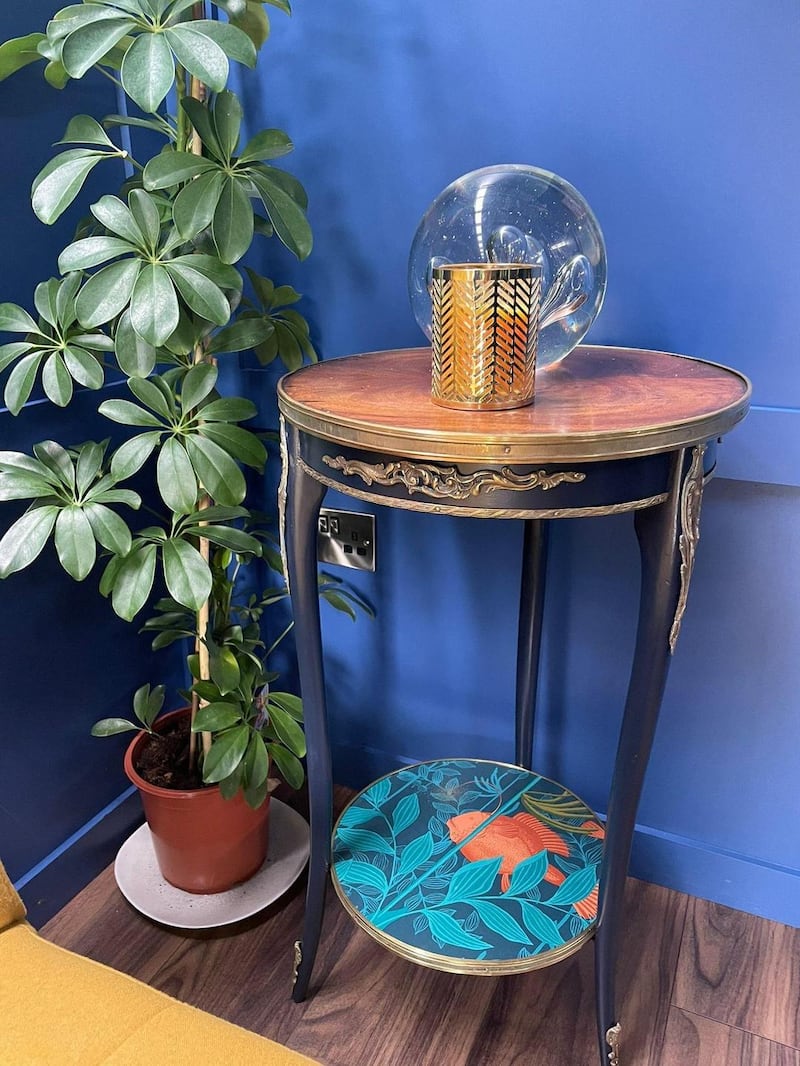
“The current rate at which we consume is completely unsustainable and is having really negative effects on our planet,” she says.
“Over 10 million tonnes of furniture are discarded annually in the EU and most of it is of perfectly good quality but may simply need to be repaired, painted, or updated in some way.

“So this is where ReFunk is hoping to bridge the gap. By buying second-hand and pre-loved furniture, you are supporting the circular economy and reducing the demand for new products to be made, therefore mitigating any negative impacts on the environment due to over-consumption.”
Established by four college friends, ReFunk, an all-female start-up, is based in Dublin but Ryall says they soon hope to be nationwide
“Our mission is to make the circular furniture economy a worldwide phenomenon, and to enable consumers to conveniently dispose of and purchase pre-loved pieces,” she says. “ReFunk is unique as we are a high-quality second-hand furniture marketplace and also offer upcycling as a service through our commission portal. Therefore, if you have a piece of furniture that you love but which needs updating, you can get it custom upcycled by one of our talented creatives.
'Covid and the subsequent lockdowns allowed people to slow down and reassess their values and priorities, and we definitely saw a return to resourcefulness'
“We have definitely seen that there is a huge upsurge in people repurposing and upcycling furniture – so much so that I decided to do my master’s dissertation on the return to craft in Ireland. And while doing it, I found that there are a number of reasons behind this new way of thinking – some people do it to be more sustainable and avoid throwing things away, but others upcycle furniture as a creative outlet.
“Interestingly, the onset of Covid and the subsequent lockdowns allowed people to slow down and reassess their values and priorities, and we definitely saw a return to resourcefulness and thrifting habits.”
The recycling enthusiast has some advice for people considering buying used furniture: “If you see a piece of second-hand furniture which has stood the test of time, that alone is a testament of its quality. The craftsmanship that went into furniture in the 1900s and before is really outstanding.
“ ReFunk have learned so much over the last few months from people in the antiques and furniture industry about different styles of wood and carpentry techniques – and while we all have our personal favourites, mid-century modern pieces are always a crowd pleaser.”
Ellen Ryall’s buying tips
When buying second-hand, check for tiny holes in the wood, which would mean that the piece has woodworm. However, this is actually treatable using heat or chemical solutions and then the holes can be filled in, so the piece is not lost.
Always check for stamps and brand names on the bottom of the furniture before you start painting or sanding. This may signify more about the history and origins of a piece and will give you an idea of its value.
If you are looking to upcycle a piece of furniture yourself, start with something simple such as a side table or a chair. Be sure to clean down the wood, sand it and use chalk paint rather than oil paint if you want to be really sustainable.
There are so many fantastic resources online to help guide your upcycling journey, and don’t forget to reach out to people and ask for advice and inspiration.















